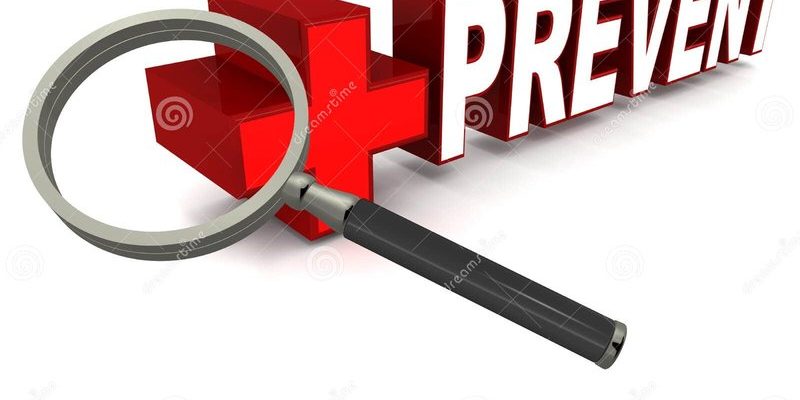
You might wonder, why does this happen? Just like any other appliance, washing machines require a little bit of care. The LE error can be caused by overloading, which strains the motor, or even by not distributing clothes evenly, causing imbalance. If you’ve been ignoring small maintenance tips, it’s kind of like letting dishes pile up in the sink — eventually, something’s gotta give. In the following sections, we’ll dig into practical steps to prevent this error and keep your trusty machine ticking well into the future.
Understanding the LG Washing Machine Error Code LE
First, let’s get to grips with what exactly the LE error code is. In essence, it’s the machine’s way of telling you that the motor isn’t functioning as it should. Think of it as your washing machine’s version of a check engine light. It could be indicating issues such as a faulty motor sensor, an overloaded drum, or problems with the wiring and connections.
Picture this: if you overload a wheelbarrow with heavy stones, it’s gonna have a tough time moving, right? The same goes for your washing machine. When you overload it, the motor has to work extra hard to spin the drum. Over time, this extra strain can make it “lock up,” leading to the LE error. Another cause could be the machine’s sensor getting out of sync, like a music band where one guitarist is a beat ahead — it throws everything off.
Now, what happens if you ignore this? Well, persistent LE errors can lead to more severe issues, like complete motor failure. And fixing or replacing a washing machine motor can be as expensive as buying a new one. So, it’s wise to nip this issue in the bud. Regular maintenance and being mindful of load sizes are key to preventing this error from rearing its ugly head.
Common Causes of the LE Error Code
Let’s dive a bit deeper into the root causes of the LE error. One of the most common culprits is overloading the washing machine. You’ve probably done it — crammed that extra pair of jeans in just to avoid another laundry cycle. However, this puts undue stress on the motor and can lead to those annoying error codes.
Another possible cause is an uneven load distribution. Imagine trying to carry a backpack that’s only full on one side; it’s gonna be awkward and can throw you off balance. The same principle applies to your washing machine. If the clothes are lumped together on one side, it can cause the drum to wobble and the motor to strain as it tries to spin.
Let’s not forget, electrical issues can also set off the LE alarm. Loose wiring or a malfunctioning motor sensor is like a trip wire — one false step, and it causes an error. Over time, the connections within the machine can become loose due to vibrations during washing cycles, leading to electrical hiccups. Keeping an eye on these potential issues is essential to prevent recurring problems.
Steps to Prevent Future Error Code LE
So, how can you prevent the LE error from bugging you again? The first step is to manage your laundry loads. Keep them reasonable; it’s better to do two smaller loads than one that’s too heavy. Imagine lifting weights that are too heavy — you’ll either hurt yourself or drop them. Your washing machine feels the same way.
Another tip is to ensure your machine is balanced. Make sure it’s on a level floor and stable. An unbalanced machine can cause the drum to spin erratically, leading to the motor working overtime. You can do a quick check by trying to rock your machine side-to-side. If it moves, it’s time to adjust the feet or place it on a more stable surface.
Lastly, a bit of regular maintenance goes a long way. Every so often, check the drum and hoses for signs of wear and tear. Look under the hood — or in this case, behind the machine — to ensure that all wires and connections are secure. This might seem like a hassle but think of it as a wellness check-up for your washing machine. Keeping these steps in mind will significantly reduce the chances of the LE error code popping up in the future.
In conclusion, preventing the LG washing machine error code LE is really about being mindful of how you use your machine and a bit of periodic maintenance. By managing load sizes, ensuring your machine is balanced, and keeping an eye on those pesky electrical connections, you can keep your washing machine running smoothly and avoid that LE error from making a comeback. Remember, a little bit of care today can save you from a lot of hassle tomorrow!
